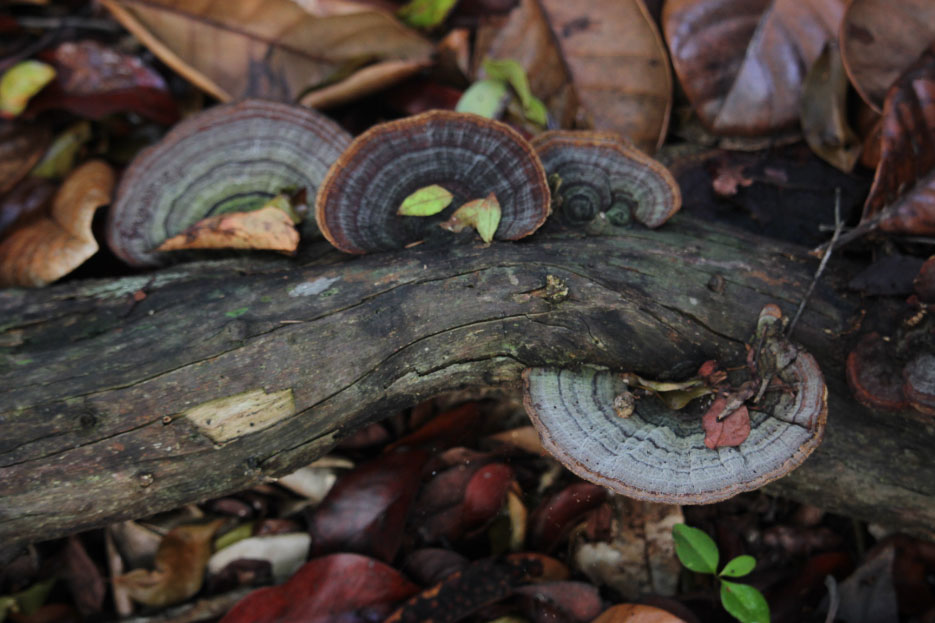Created in 1977 as the first Protected Area of Rio Grande do Norte, the State Park of Dunes of Natal “Journalist Luiz Maria Alves” is located in Natal and spans an area of 1,172 hectares. Recognized by UNESCO (United Nations Educational, Scientific and Cultural Organization) as integral part of the Brazilian Atlantic Forest Biosphere Reserve, Parque das Dunas is considered the largest urban park on top of dunes in Brazil, exercising fundamental importance to the quality of life to the population of Natal, contributing both to the refilling of the city’s groundwater, and to the purification of the air.
Its dune ecosystem is rich and diversified, harboring fauna and flora of great bioecological value, which includes several endangered species.


Parque das Dunas’ purpose is to guarantee the protection and preservation of the encompassed natural ecosystems; to protect genetic resources; allowing the carrying out of studies, research and works of scientific interest; to preserve sites of archeological, historical and geomorphological value; aside from offering conditions for leisure, ecotourism and the execution of educational and ecological awareness activities.
The vegetal coverage of Parque das Dunas is represented, for the most part, by the coastal dune forest, characterized by herbaceous, arboreal and shrubby species, also registering the occurrence of beaches and dune foothill, and the vegetal formation of coastal tablelands. Species particular to the Atlantic forest predominate in it, aside from some species of caatinga and the tablelands, in particular paubrasilia, anthurium and Protium heptaphyllum, which grant the environment its great diversity and exuberance.

The flora gathers more than 270 distinct arboreal species and 78 families, represented by more than 350 native species.
The native fauna of Parque das Dunas is typical of the coastal land ecosystem formed by the Atlantic forest. According to a preliminary assessment, Parque das Dunas’ fauna is represented by around 180 species among mammals, reptiles, birds and invertebrates, such as butterflies, spiders and scorpions.
The public use sector, entrance to Parque das Dunas, is the “Lovers’ Grove”, spanning an approximate area of seven hectares, with more than 1300 native trees from the Atlantic forest.
Parque das Dunas’ administration, visitor center, library, research center, nursery, vegetation showcase unit, paubrasilia amphitheater, art workshop, artificial pond, environmental outpost, playground and the ring road for physical activities and walks, are located in Lover’s Grove. On the visitor center, there is a room with a permanent exhibition named: “Parque das Dunas: an encounter with nature”.
Seedings of the native vegetation species are grown in the nursery at Parque das Dunas, they are used on the recovery and reforestation of Atlantic Forest areas.
There are trails that start at Lover’s Grove, in which the visitors are able to know aspects and elements of the dune ecosystem. In total, there are six and a half kilometers of hiking, distributed among the Ubaia Doce, Peroba and Perobinha trails.


Parque das Dunas is managed by IDEMA and receives an annual average of 150,000 visitors, with a registration of around 10,000 members who use the space to practice physical activities. During the whole year, the park offers several educational, recreational, physical and cultural activities, with concerts, plays, presentations, exhibitions and workshops that ensure the fun and leisure of its visitors.
